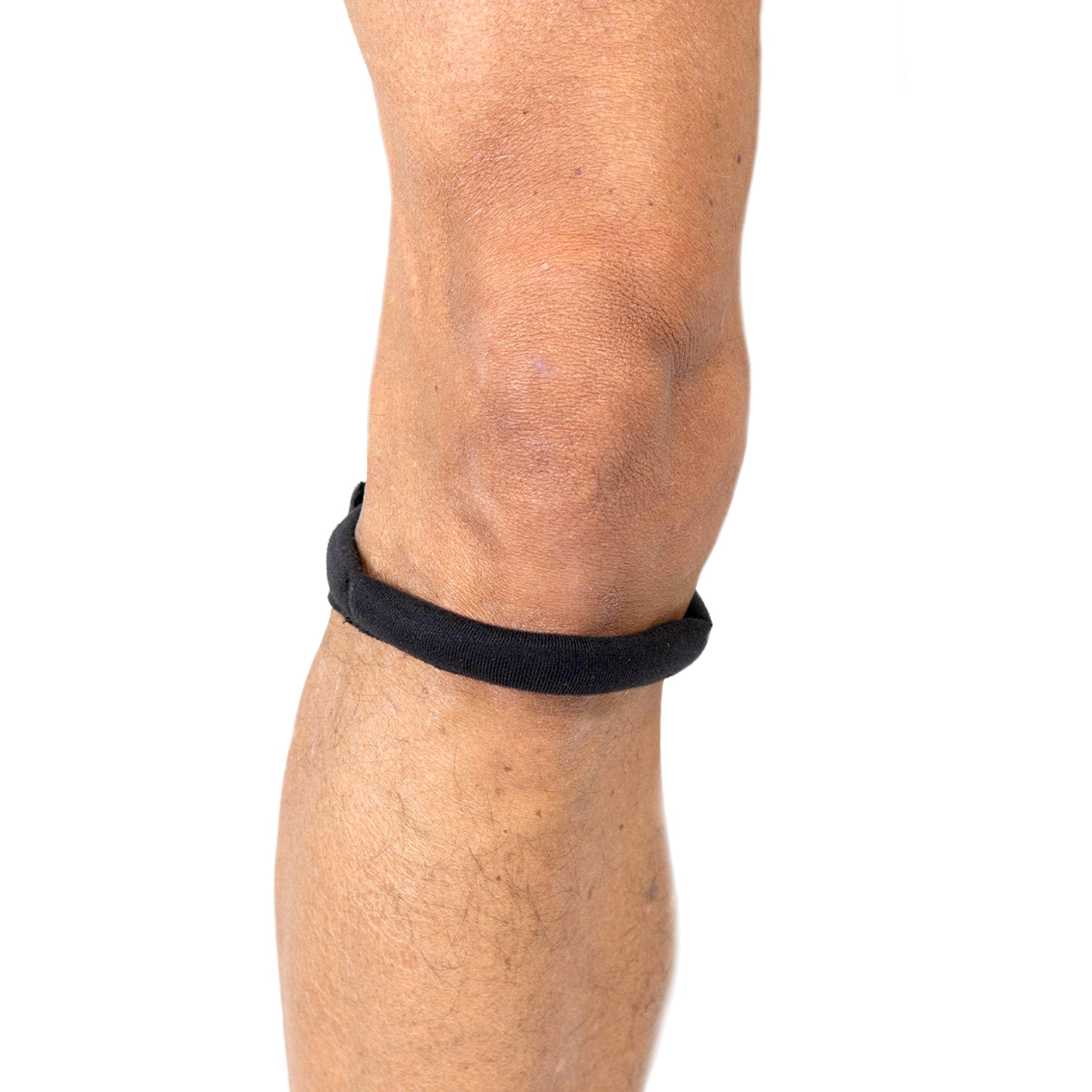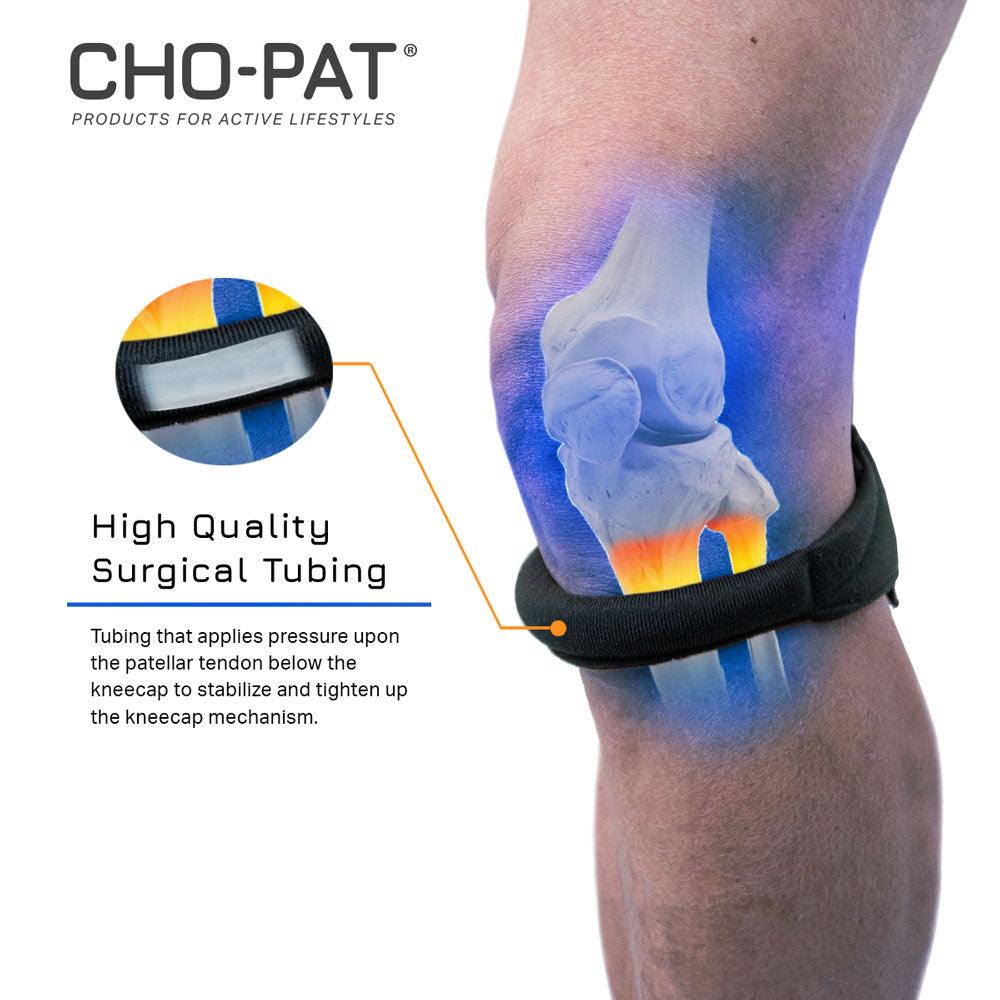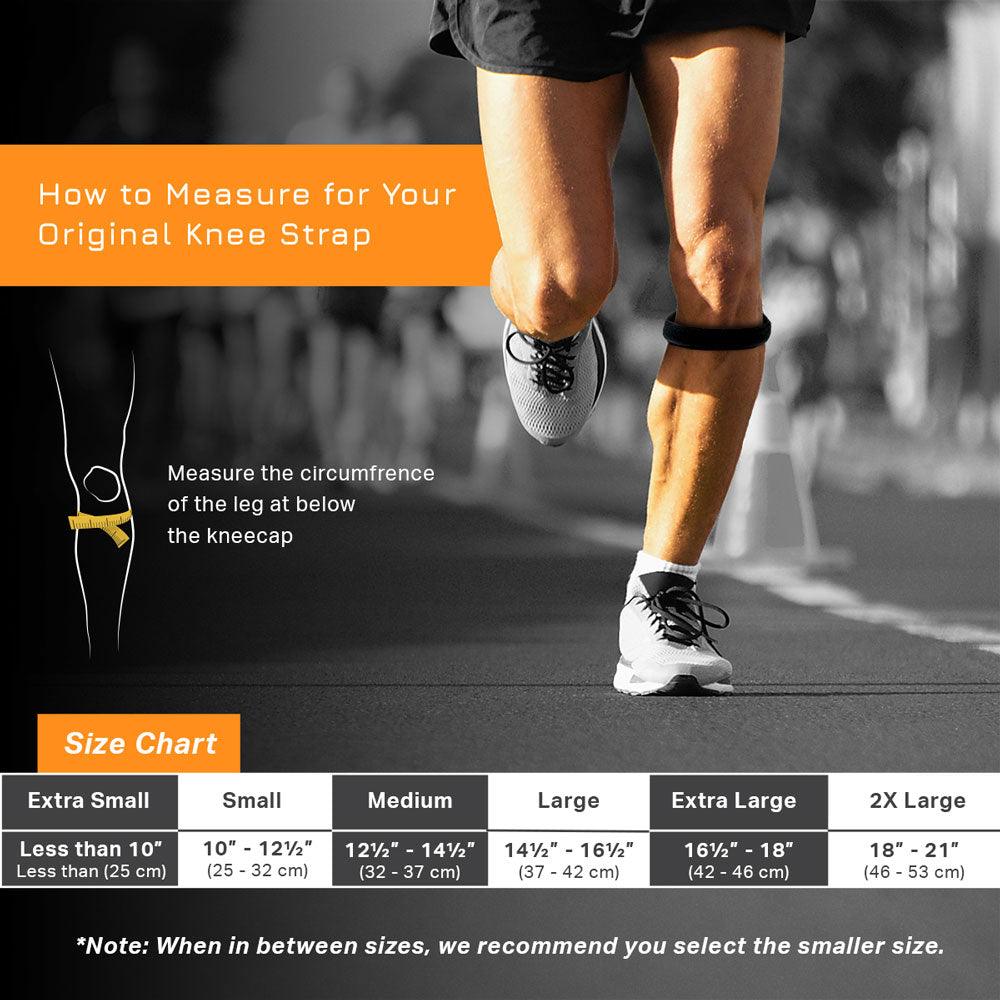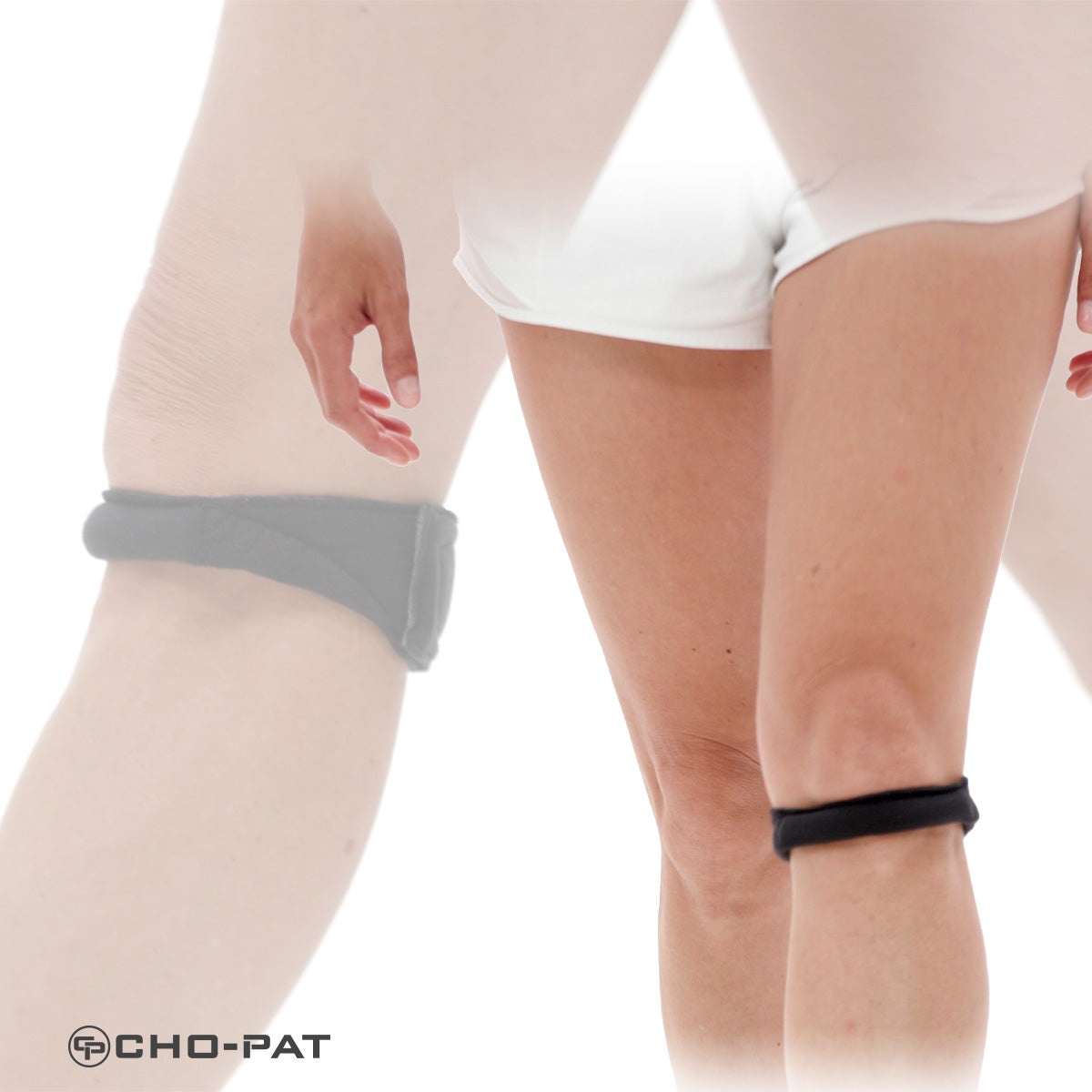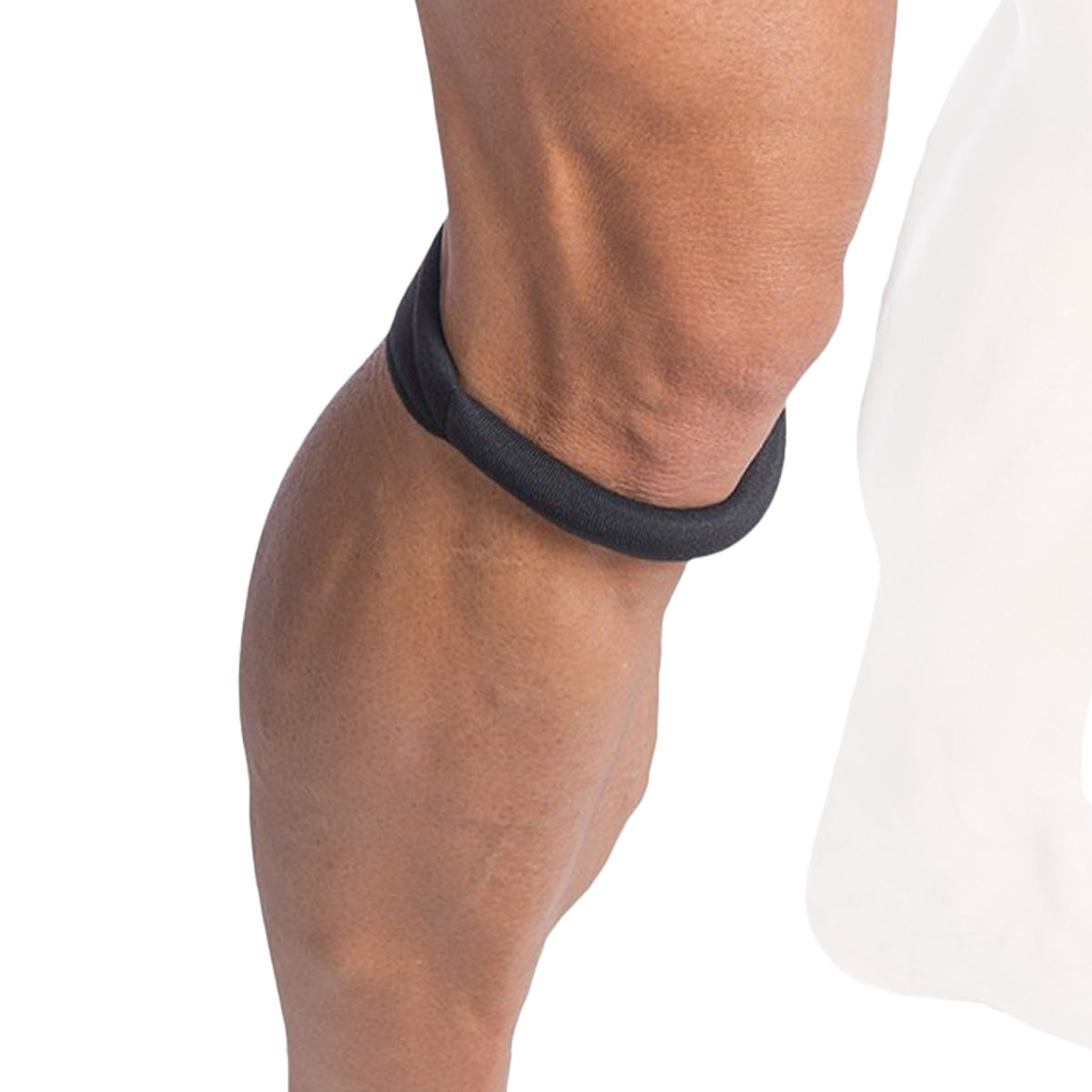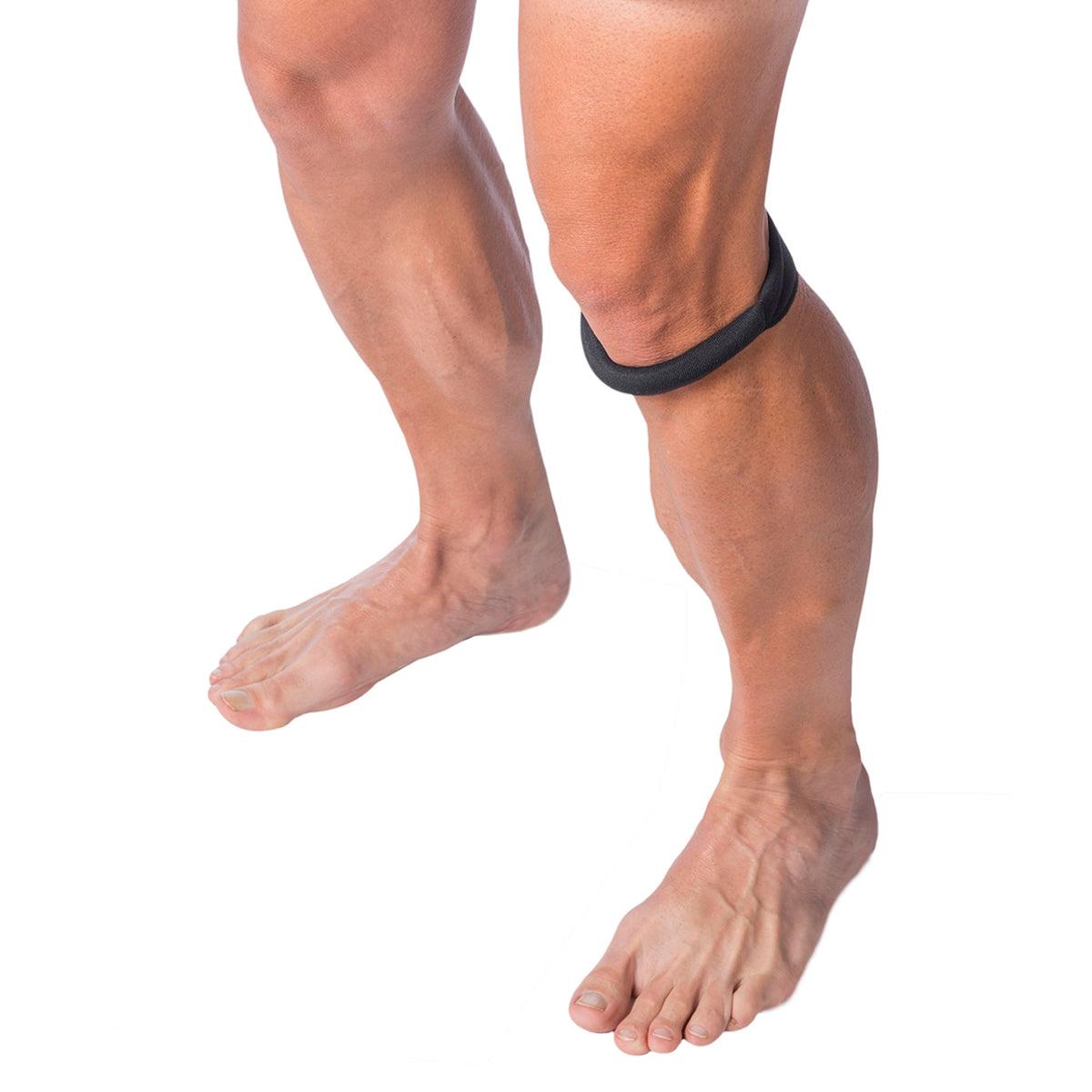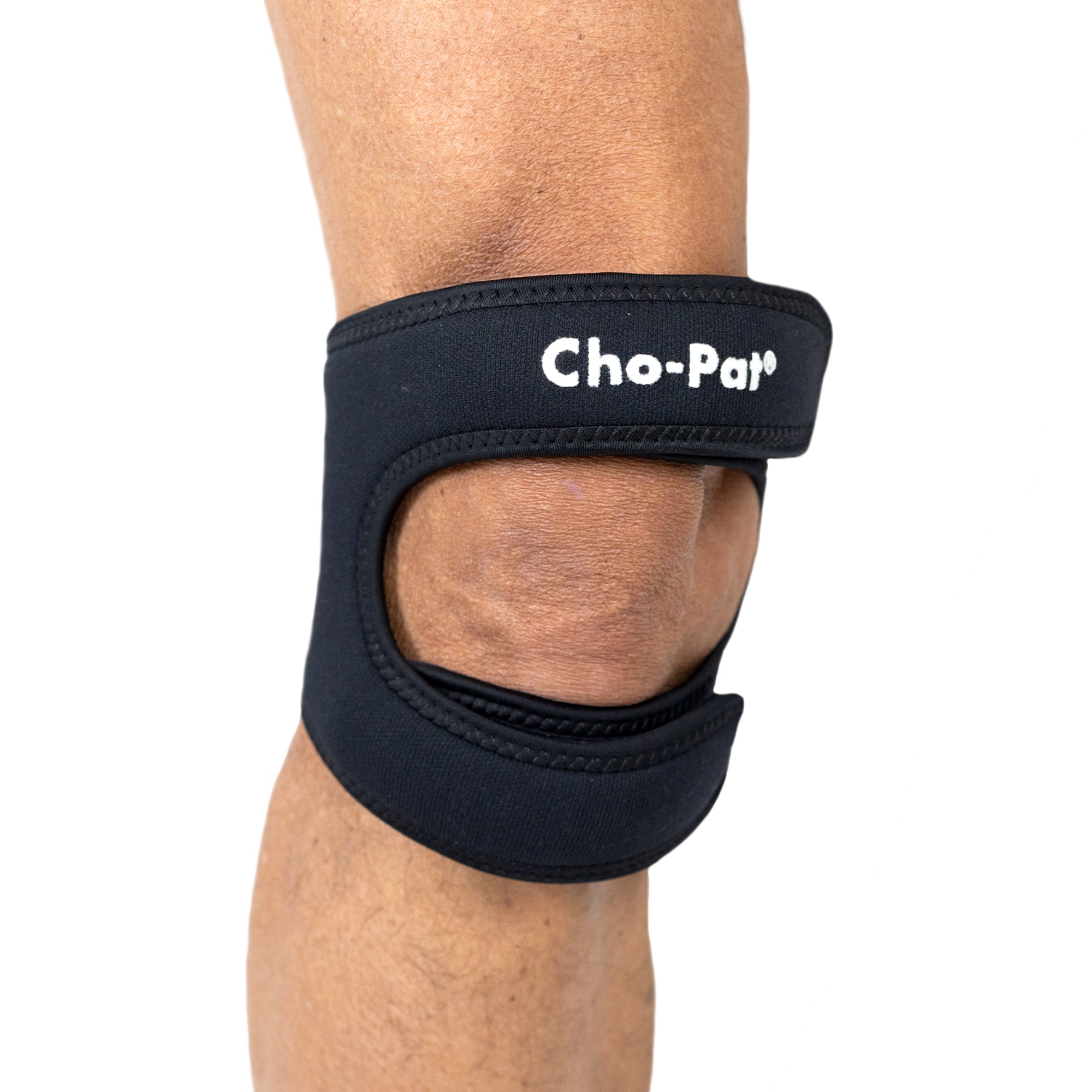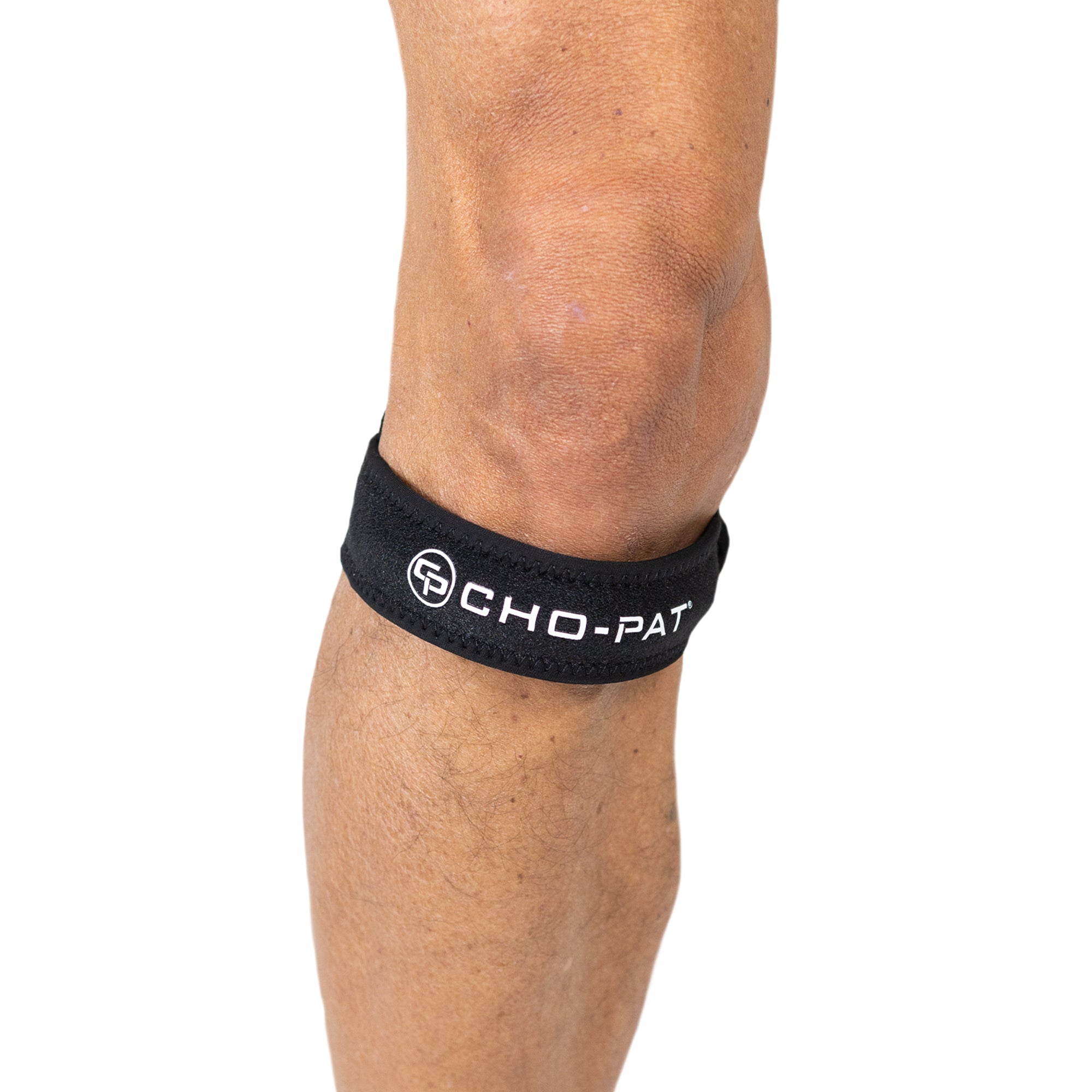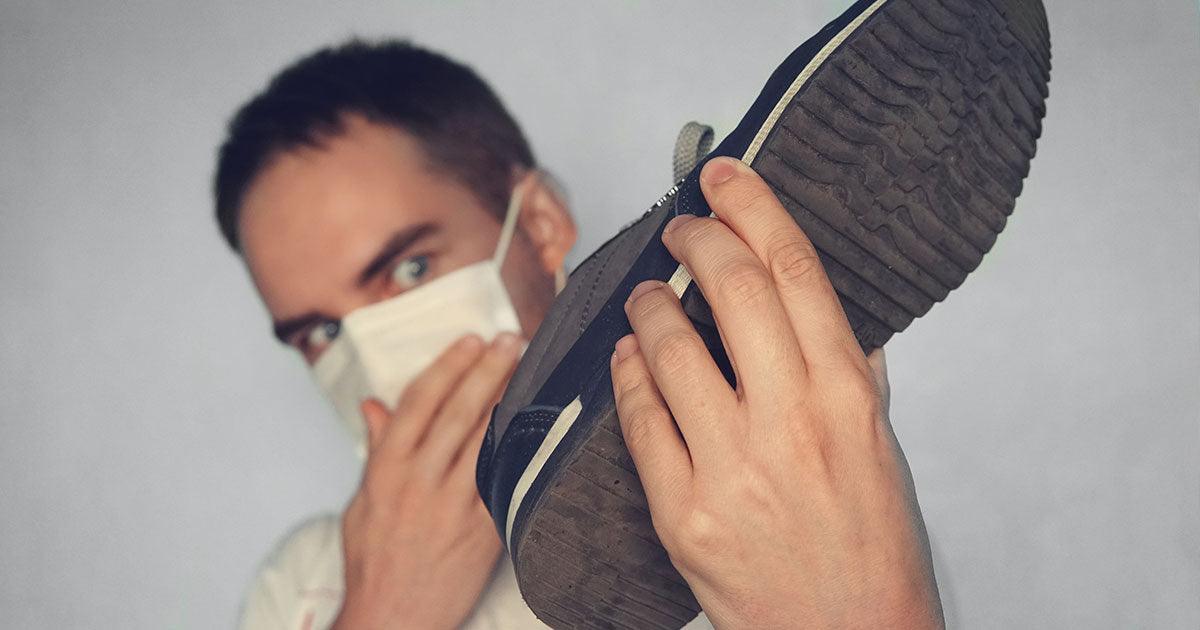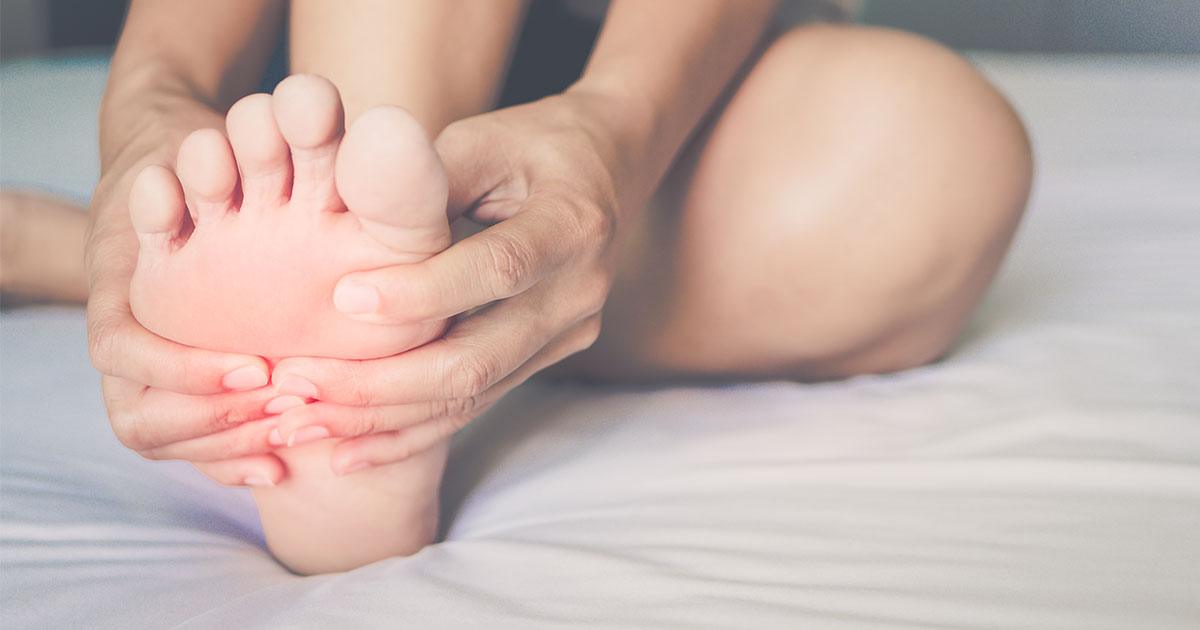Knee pain can be debilitating because it inhibits movement and interferes with comfortably carrying out day-to-day activities.
If you lead an active lifestyle or if you regularly involved in activities that place strain on your knees, then you are likely to experience runner’s knee at some point. Before exploring how to relieve runner’s knee, let’s take a look at what it entails.
What is Runner’s Knee?
Runner’s knee is a common type of knee injury that causes pain around the kneecap. Named for how often it occurs among runners, this injury affects 19-30% of female runners and 13-25% of male runners.
Runner’s knee isn’t a specific injury, it covers several knee conditions such as chondromalacia patella, anterior knee pain syndrome, iliotibial band syndrome, and patellofemoral malalignment.
Moreover, runners aren’t the only ones who should learn how to relieve runner’s knee as this injury is not restricted to them alone. Other activities that can increase your likelihood of developing runner’s knee include:
- Skiing
- Biking
- Cycling
- Jumping
- Walking
- Soccer
- Basketball
This list is not exhaustive. If everyday activities such as walking can cause runner’s knee, learning how to relieve runner’s knee is important for everyone. Women are also more prone to developing runner’s knee due to weaker hip muscles, looser joints, and their unique leg alignment.
3 Ways to Relieve Runner's Knee
If you feel pain when you walk, climb stairs, squat, or knee, you may suffer from runner’s knee. It is necessary to know how to relieve your pain to prevent more damage to the knee cartilage. Thankfully, this injury rarely requires surgery and can be reduced using these three techniques.
1. Stretching to Improve Flexibility
Knee pain is often a result of tightness or weakness in the tendons and muscles that connect to your knees, which makes stretching for runner’s knee effective in relieving it. Targeting related areas such as the glutes, calves, hamstrings, hips, and quads in non-intensive daily workouts can speed up your recovery from runner’s knee. Doing this regularly will also prevent a recurrence.
2. Strength Training to Build Weak Muscles
Think of the muscles and tendons connected to your knee as parts of an assembly line tasked with supporting your knee. Building strength in these areas is, therefore, crucial to reducing how much stress is placed on your knee. Strength training exercises for runner’s knee include single-leg work, banded monster, or banded clamshell walks. These strengthen your hip abductors and stabilize weak muscles.
3. Knee Straps for Prevention and Relief
Muscle imbalance, misalignment, and overuse contribute to developing runner’s knee. The support provided by knee straps adjusts misalignment and imbalance while relieving pressure on the patellar tendon.
Knee straps are built to fit easily under your clothes, but they are also as effective when worn over clothing. When worn during high-intensity exercises and sports, they serve preventive functions as well.
Two highly recommended knee straps for runner’s knee are:
- CHO-PAT® ORIGINAL KNEE STRAP™: This knee strap helps to reduce pain and displacement in the knees and is built to be worn comfortably during and after sporting activities.
- CHO-PAT® DUAL ACTION® KNEE STRAP: By applying pressure on the patella tendon, this knee strap helps to tighten and stabilize your kneecap. It also absorbs and disperses pain-inducing pressure to relieve stress on the knees.
Relieve Runner's Knee Pain with Medi-Dyne Knee Products
Runner’s knee should not be taken lightly, this seemingly minor pain can potentially cause more damage to your knee cartilage if left untreated.
At Medi-Dyne, we understand your pain and have created a unique range of products to provide support for your knees and offer relief during and after strenuous physical activities.
Browse our selection of products designed to relieve your knee pain today!
KNEE SUPPORT PRODUCTS
OTHER RELATED TOPICS:
HOW TO CHOOSE THE RIGHT KNEE BRACE FOR RUNNERS
RUNNER’S KNEE: IMMEDIATE RELIEF & LONG-TERM HEALING
KNEE PAIN: SOLUTIONS TO PREVENT RUNNER’S KNEE
EVERYTHING YOU NEED TO KNOW ABOUT RUNNER'S KNEE
HOW YOU CAN COMBAT THE EFFECTS OF RUNNER’S KNEE
PLEASE NOTE: The information on this website and article is for information only and should not be used as a substitute for consulting your doctor. Consult your doctor for proper diagnosis and rehabilitation.








